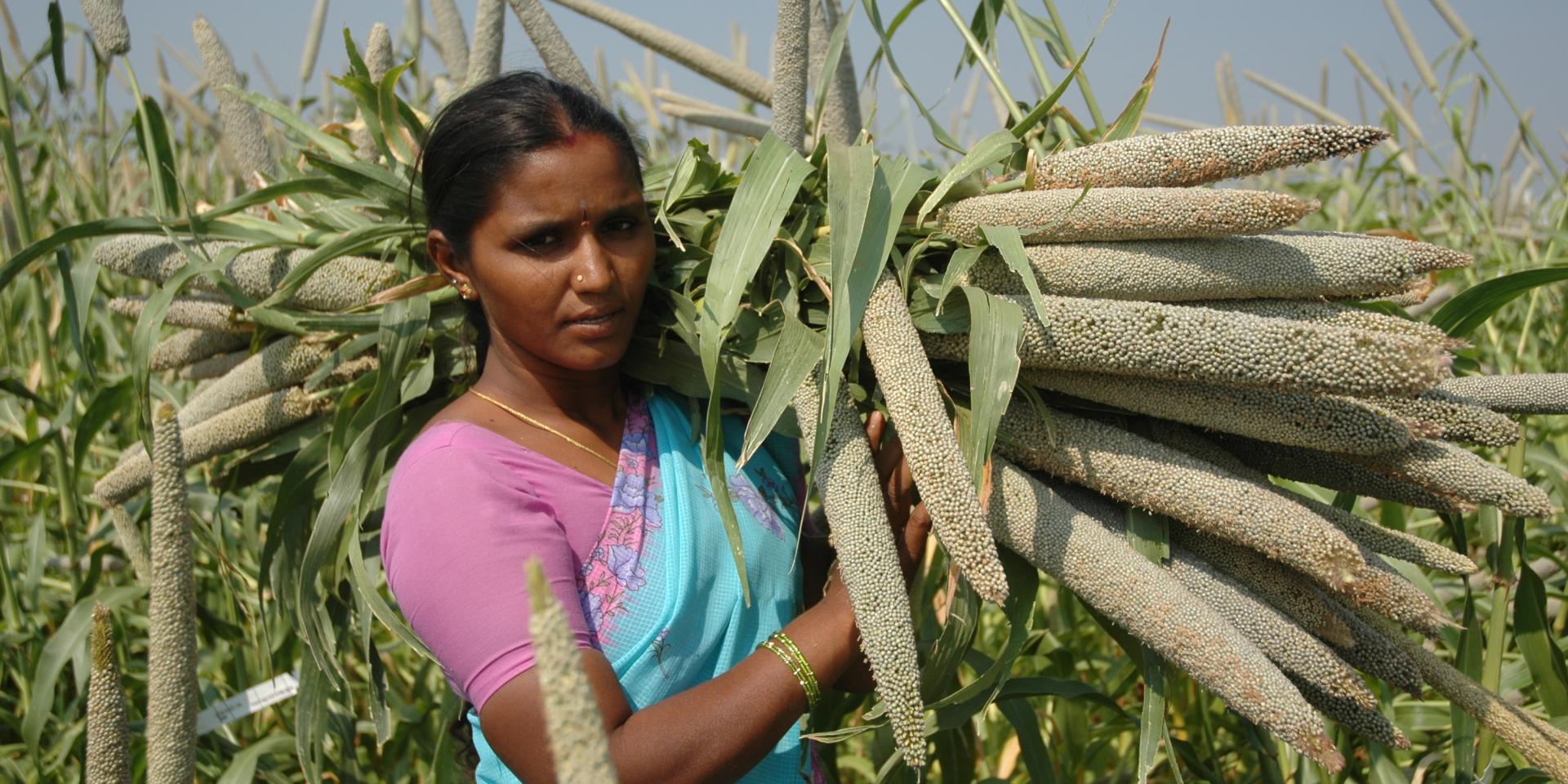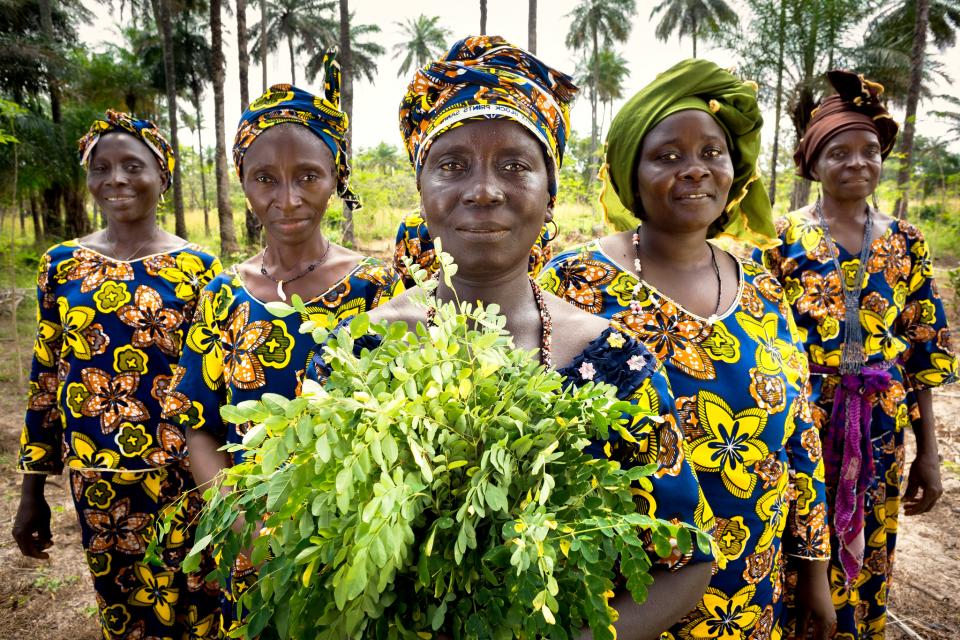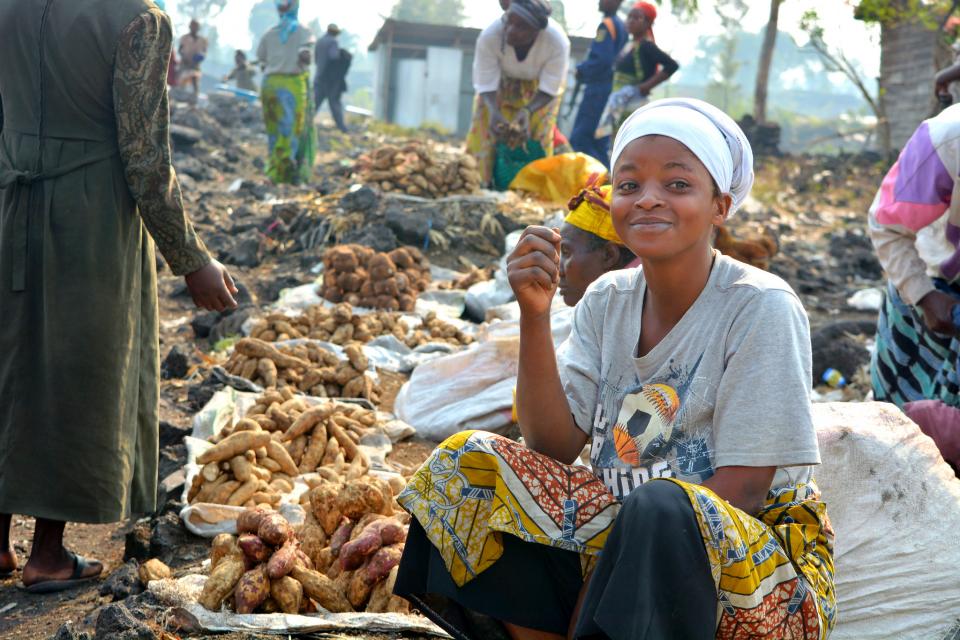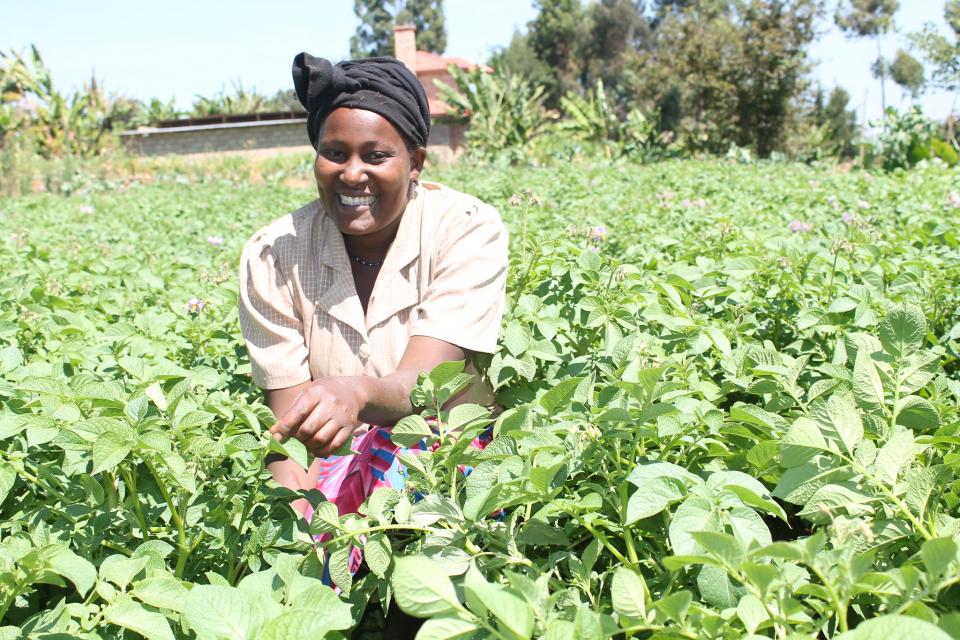Giving smallholder farmers due recognition

Opinion piece by Dr Jacqueline Hughes, Director General, ICRISAT.
The recently released “State of Food Security and Nutrition 2022” report paints a grim picture. The number of people suffering from hunger in 2021 is estimated between 702 million and 828 million (corresponding to 8.9% and 10.5% of the world population respectively). This is 150 million more people than it was before the pandemic. The report begins with the disquieting line:
“With eight years remaining to end hunger, food insecurity and all forms of malnutrition (Sustainable Development Goals [SDGs] Targets 2.1 and 2.2), the world is moving in the wrong direction.”
The prevalence of undernourishment (SDG Indicator 2.1.1) jumped from 8% in 2019 to 9.8% in 2021.
Regional disparities remain with Africa bearing the heaviest burden with one in five people in Africa (20.2% of the population) facing hunger in 2021 compared to 9.1% in Asia. Taken together, these two continents account for close to one-third of the world’s population facing hunger. In 2021, moderate and severe food insecurity rose with 29.3% of the global population, around 2.3 billion people, facing moderate or severe food insecurity, and 11.7% (923.7 million people) facing severe food insecurity. There is also a growing gender gap in food insecurity. In 2021, 31.9% of women in the world were moderately or severely food insecure compared to 27.6% of men. This gap of more than 4 percentage points has increased compared with the 3-percentage point gap in 2020. The nutrition indicators paint a similar picture of “… moving in the wrong direction”.


